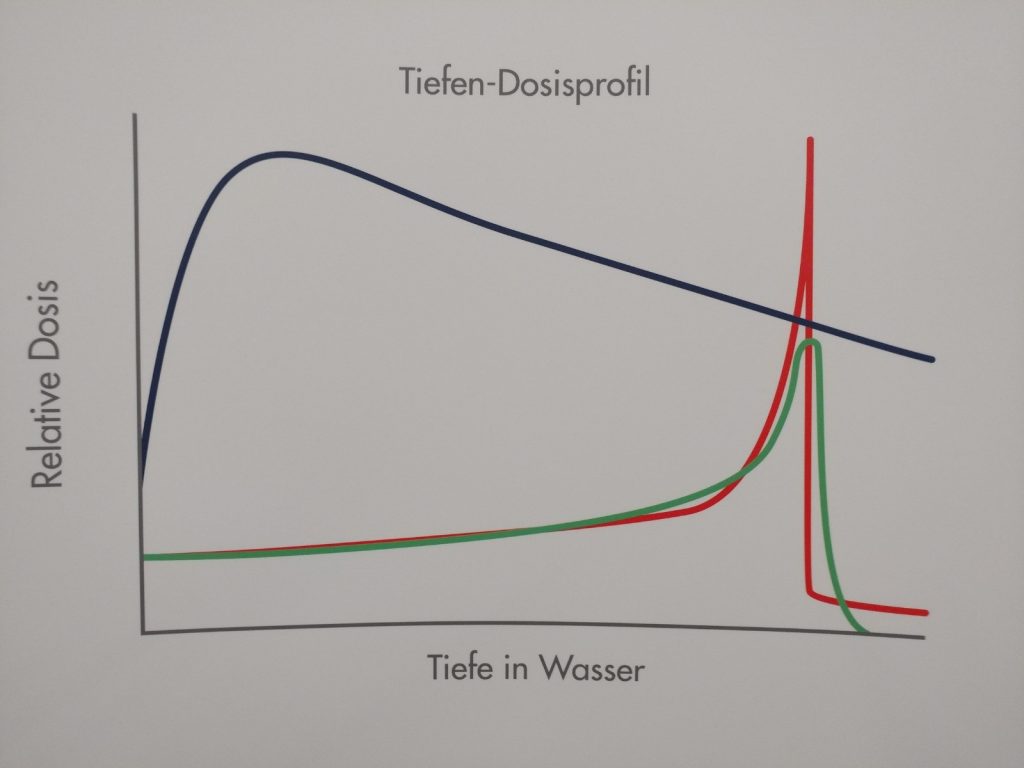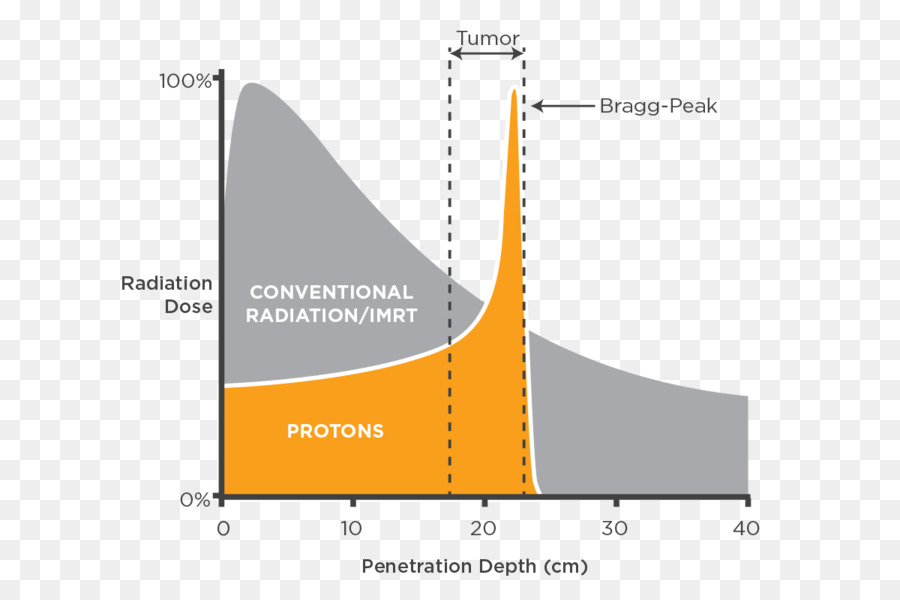D) heavy ion beam and proton therapy

Heavy ion Beam & Proton Therapy Center (together): MedAustron in Wiener Neustadt (Austria) 
MedAustron Heavy ion Center in Austria: The most expensive and modern irradiation machine in the world. 
Heavy ion Center in Marburg University Hospital (Germany) 
The destructive power of heavy ion radiation against cancer is more than twice that of proton radiation.
Important notice!
■ According to the international ethics agreement, heavy ion radiation can only be used in a curative sense, not in a palliative sense. In the case of weak or not clearly recognizable metastases, the heavy ion radiation can be used if the radiation is used to enable further surgical measures by the radiation or to extend the life time considerably and qualitatively.
1) lung carcinomas (MedAustron), 2) breast cancer, 3) pancreatic cancer, 4) liver carcinomas (Therapy indications at MedAustron in Austria for example): https://www.netdoktor.at/therapie/ionentherapie-6926660
■ Heavy Iron Beam and Particle therapy use the inverse depth dose profile of protons or carbon ions for precise tumor treatment. Tumor cells die if their cell DNA is irreparably destroyed and cell division is no longer possible. Particle therapy uses the inverse depth dose profile of protons or carbon ions for precise tumor treatment. Tumor cells die if their cell DNA is irreparably destroyed and cell division is no longer possible.
■ The protons used in ion therapy are the positively charged nuclei of hydrogen atoms. They have a different physical nature of interaction with the tissue compared to conventional photon radiation therapy (gamma radiation, X-rays) or electrons.
■ Because of the protection of the normal tissue, ion therapy can also be used for higher radiation doses. Another treatment of ion therapy is that with carbon ions. These have about three times higher biological activity than protons.
■ The radiation is concentrated precisely on the diseased tissue and the normal tissue is largely omitted or loaded only with a low dose.
■ Promising studies have shown that even tumors that are largely resistant to conventional radiotherapy, in many cases treatable. This will give the fight against cancer a new, hopeful dimension. Therefore, carbon ion therapy is particularly suitable for bone and soft tissue tumors near radiopaque organs, slow-growing tumors, low-oxygen tumors, or local recurrences following conventional radiotherapy.
■ Promising studies have shown that even tumors that are largely resistant to conventional radiotherapy, in many cases treatable. This will give the fight against cancer a new, hopeful dimension. Particle therapy uses the inverse depth dose profile of protons or carbon ions for precise tumor treatment.

particle accelerator (MedAustron: Austria) against lung cancer 
“Bragg peak curve” 
medical director of MedAustron
Prof. Dr. Eugene Hug
world’s leading scientist in particle therapy
Dr. Piero Fossati: The pioneer of heavy ion therapy (MedAustron)
■ In contrast to (conventional) photon beams, whose dose is highest shortly after penetration into the tissue, and then drop again, the particle beams release their main dose only towards the end of their orbit in the so-called “Bragg Peak”.
■ The “Bragg peak” is a pronounced peak on the “Bragg curve” which plots the energy loss of ionizing radiation during its travel through matter. For protons, α-rays, and other ion rays, the peak occurs immediately before the particles come to rest. This is called Bragg peak, after William Henry Bragg who discovered it in 1903.
■ The phenomenon is exploited in particle therapy of cancer, to concentrate the effect of light ion beams on the tumor being treated while minimizing the effect on the surrounding healthy tissue.
■ The location of the “Bragg Peak” can be precisely adjusted by the energy used to accelerate the particles. This is done via an energy variable accelerator, a synchrotron. The range, focus, and intensity of the particle beam are precisely adjustable to treat the tumor tissue with millimeter precision.
■ The basis for treatment planning is a three-dimensional reconstruction of the tumor, which is divided into individual layers of different depths. The treatment is carried out layer by layer, whereby the penetration depth of the particle beam is controlled by the energy generated in the synchrotron.
■ Tumor cells die if their cell DNA is irreparably destroyed and cell division is no longer possible. Cells have powerful mechanisms to repair radiation damage, the probability of repair depends on the so-called damage density.
■ Protons and carbon ions strike electrons from the atoms they encounter along their path through the tissue (ionization). In contrast to (conventional) photon beams, whose dose is highest shortly after penetration into the tissue, and then drop again, the particle beams release their main dose only towards the end of their orbit in the so-called “Bragg Peak”.
■ The “Bragg peak” is a pronounced peak on the “Bragg curve” which plots the energy loss of ionizing radiation during its travel through matter. For protons, α-rays, and other ion rays, the peak occurs immediately before the particles come to rest. This is called Bragg peak, after William Henry Bragg who discovered it in 1903.
■ The phenomenon is exploited in particle therapy of cancer, to concentrate the effect of light ion beams on the tumor being treated while minimizing the effect on the surrounding healthy tissue. The location of the “Bragg Peak” can be precisely adjusted by the energy used to accelerate the particles. This is done via an energy variable accelerator, a synchrotron. The range, focus, and intensity of the particle beam are precisely adjustable to treat the tumor tissue with millimeter precision.
■ The basis for treatment planning is a three-dimensional reconstruction of the tumor, which is divided into individual layers of different depths. The treatment is carried out layer by layer, whereby the penetration depth of the particle beam is controlled by the energy generated in the synchrotron.
■ Tumor cells die if their cell DNA is irreparably destroyed and cell division is no longer possible. Cells have powerful mechanisms to repair radiation damage, the probability of repair depends on the so-called damage density. Protons and carbon ions strike electrons from the atoms they encounter along their path through the tissue (ionization).